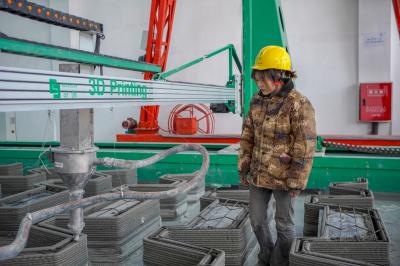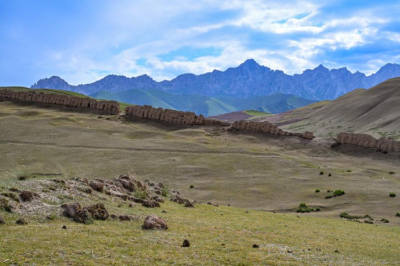It is hereby promulgated as follows.
I. Overall Implementation
China's human rights cause saw extraordinary development during the four years from 2012 to 2015. While striving to realize the Chinese Dream of the great rejuvenation of the Chinese nation, the Chinese government combined its human rights endeavors with economic, political, cultural, social and ecological construction in accordance with its strategic blueprint to build a moderately prosperous society in all respects, comprehensively deepen reform, advance the law-based governance and strengthen Party self-discipline. It has taken various steps to strengthen the protection of human rights and worked strenuously to achieve the main targets and tasks set by the National Human Rights Action Plan (2012-2015), advancing the cause of human rights in China to a new stage.
-- Sticking to the vision of people-centered development, speeding up the building of a moderately prosperous society in all respects, and ensuring people's economic, social and cultural rights
From 2012 to 2015, faced with a complex international situation and the challenging tasks of promoting reform and development while maintaining stability at home, the Chinese government stuck to the new vision of innovative, coordinated, green, open and shared development, actively adapted to and promoted the 'new normal' in economic development, and made unceasing efforts to deepen reform and opening-up. It stuck to the policy of maintaining stable growth, promoting reform, making structural adjustments, improving people's lives and guarding against risks to push for more efficient, fairer and more sustainable growth. It also worked to ensure that all people can enjoy the dividend of reform and development and that they gain an increasingly greater sense of benefit.
From 2012 to 2015, China's GDP grew at an average annual rate of 7.4 percent. The per capita disposable income of urban residents increased by 7.5 percent annually while the per capita net income for rural residents increased by 9.2 percent annually. The registered urban unemployment rate was kept within 4.1 percent. 66.63 million people in rural areas were lifted out of poverty. The number of permanent urban residents has increased to account for 56.1 percent of the total population. 24.28 million government-subsidized housing units were basically completed in urban areas. Basic medical insurance was expanded to cover over 95 percent of the population and participation in basic old-age insurance plans exceeded 80 percent. A public service system was basically completed and equal access to education was better enforced. The overall health conditions of the population improved notably. Internet construction accelerated, allowing citizens easier access to enjoy their cultural rights. Greater efforts were made to improve the environment and new progress was achieved in ecological conservation. The rights and interests of ethnic minorities, women, children, the elderly and people with disabilities have been further guaranteed.
-- Building a socialist law-based country, striving to modernize the state governance system and governance capacity and guaranteeing citizens' civil and political rights |
- Home
- News |Tibet |Exclusive |China |World |Related News |Latest
- Documents |White Papers |Others
- Photo |Politics |Economy & Society |Culture & Religion |Human & Nature |Beautiful Tibet |Other Tibetan-Inhabited Area |Exchanges |Related
- Video |News |Documentary |Micro-Video |Entertainment
- Art
- Tourism
- In Focus
- About Tibet






